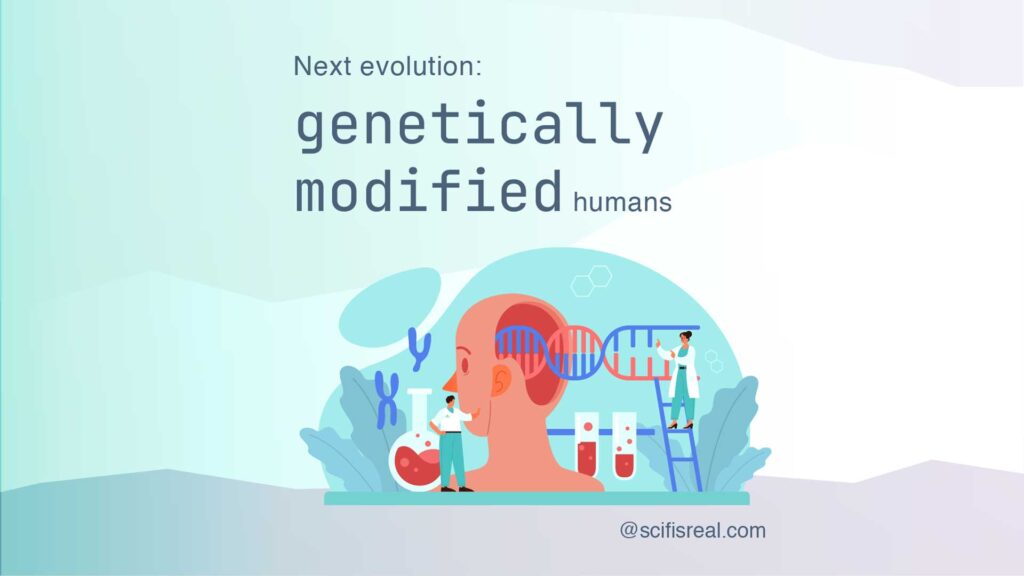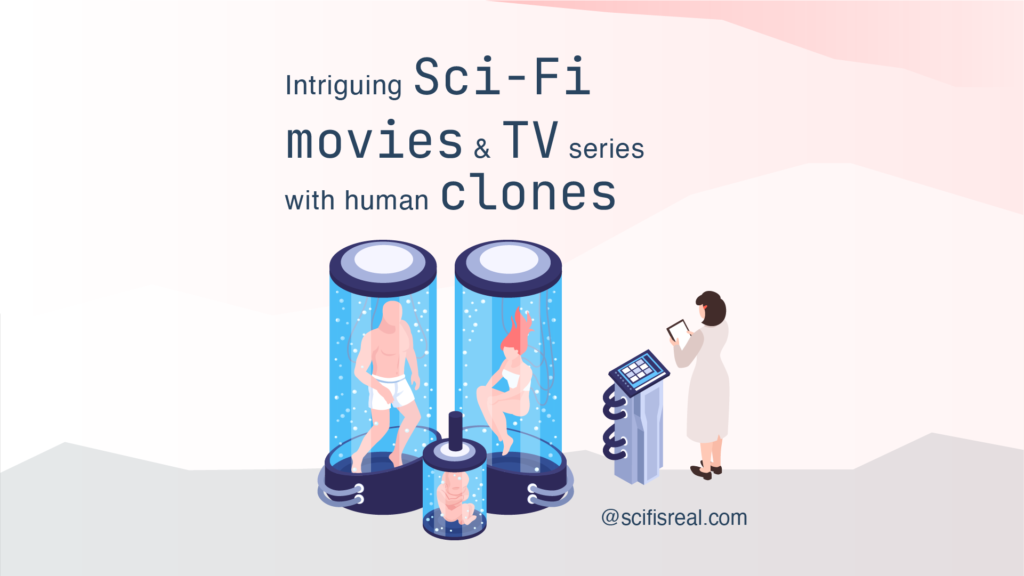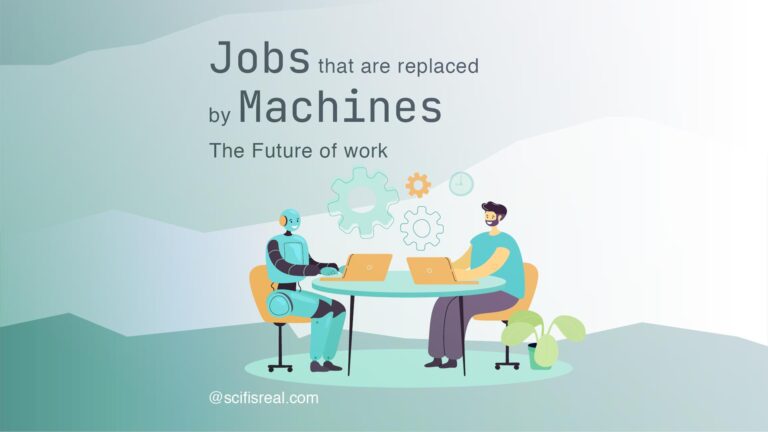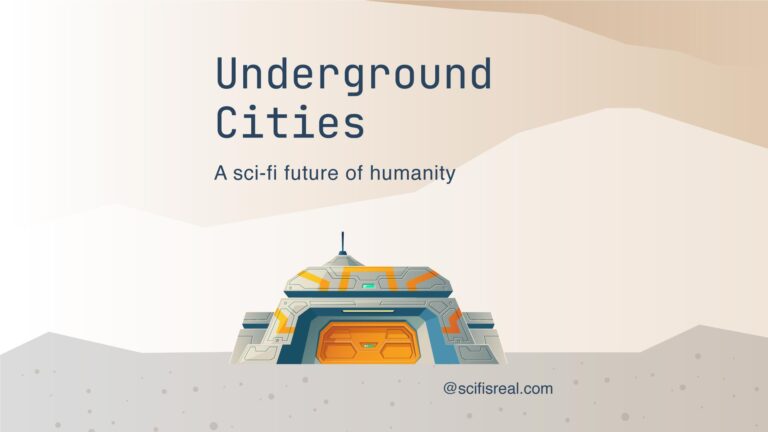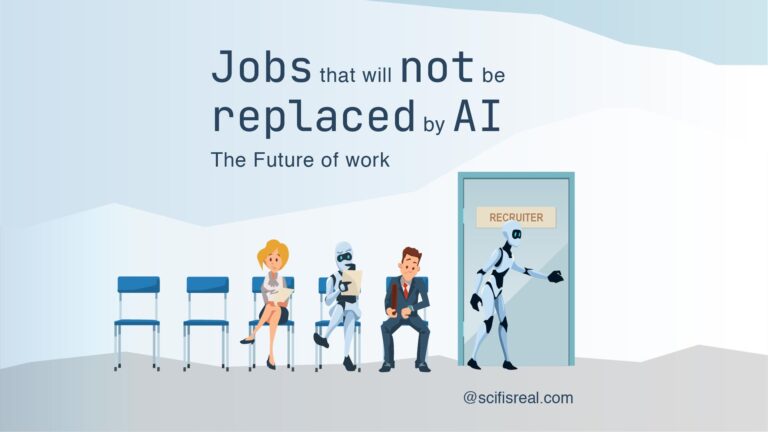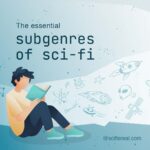Is human suspended animation possible?
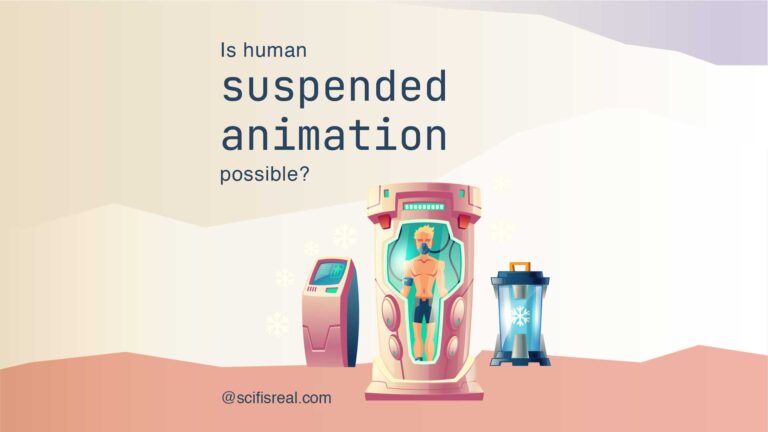
The idea of suspended animation and human hibernation has long been a popular concept in science fiction. But what was once thought to be an impossible dream is now becoming a reality, as researchers are making incredible strides in the field of suspended animation for life preservation.
This technology could have far-reaching implications, from space exploration and colonization to life extension and even the preservation of humanity itself. By entering into suspended animation or cryosleep, humans would be able to travel vast distances through space with relative ease and safety. With this technology at our disposal, we may soon find ourselves on the cusp of unlocking new frontiers in space exploration.
What are suspended animation and cryosleep?
In suspended animation, a living organism is placed into a deep sleep-like state with lowered metabolism and body temperature. This allows the organism to remain in suspended animation for an extended period of time, suspended between life and death.
Cryosleep is a related technology, in which human embryos are cryopreserved at very low temperatures for later revival, allowing for the preservation and continuation of human life.
These technologies could have a wide-ranging impact on human biology, offering the potential to dramatically extend human life by slowing down aging processes and preserving human bodies for extended periods of time.
The possibilities of suspended animation and cryosleep are exciting, but much research is still needed before this technology can be put into practice. But one thing is certain: suspended animation and cryosleep could revolutionize human biology, transforming our understanding of life and what it means to be human. We are only beginning to scratch the surface of this incredible technology, and the possibilities seem endless.
Who is working on cryosleep and suspended animation at the moment?
The potential of suspended animation and cryosleep have been explored by scientists and engineers for decades, but only recently has the technology become more viable.
Organizations such as NASA with the Torpor project, and the European Space Agency (ESA) have been researching suspended animation technology and its potential applications in space exploration, while biotechnology companies such as cryonics firm Alcor are working to develop suspended animation technologies for life extension purposes. Private space firms such as SpaceX and Blue Origin are also interested in this technology, as it could enable their plans for human space colonization.
Life extension through suspended animation: is it really possible?
Suspended animation, or cryosleep as it is commonly referred to, has been a staple of science fiction for decades. It was once considered impossible, but these days suspended animation for humans is becoming a reality. This technology could have a dramatic impact on humanity and our ability to explore the universe.
Suspended animation is a process by which human bodies are suspended in a state of suspended animation with the aim of preserving life and enabling humans to survive extreme conditions. In space exploration
Cryosleep is a form of suspended animation and human hibernation that can be used to dramatically extend life. By preserving the body in suspended animation, the effects of aging and other diseases can be greatly reduced or even eliminated. This could lead to a dramatic increase in life expectancy and even the preservation of humanity in space.
A Journey Into the Unknown: suspended animation and space exploration
The possibilities of suspended animation have been explored in science fiction for decades, but never has this technology seemed so close to reality. In addition to life extension, suspended animation can also be used for space exploration.
Suspended animation enables humans to travel vast distances in space without having to endure the physical and psychological effects of long, and also provides a way for humans to live in outer space without the need for bulky and expensive life support systems. suspended animation has become an area of intense interest among scientists and engineers, who are exploring its potential applications for human hibernation in order to extend human lifespan and facilitate long-term space exploration.
Cryosleep could allow astronauts to travel vast distances in suspended animation, drastically reducing the time and energy necessary for space exploration. This could allow us to establish space colonies on distant planets and explore the universe with greater ease as travel time would be drastically reduced.
Cryopreservation and suspended animation are also being explored as a way to preserve human embryos. This technology could be used to store eggs or embryos for potential use in the future, allowing us to preserve humanity and ensure its survival even in the event of a disaster.
Some ethical considerations behind suspended animation and cryosleep
Suspended animation and cryosleep are exciting technologies with huge potential, but there are also a number of ethical considerations that must be taken into account. Questions must be asked about the impact suspended animation and cryosleep would have on human rights, as well as the implications of using suspended animation and cryosleep as a means of extending human lifespan and preserving embryos.
It is also important to consider the environmental impacts of suspended animation and cryosleep. Human hibernation requires a great deal of energy, which could have an impact on the environment if not done in a responsible way.
What are some disadvantages of suspended animation?
Though suspended animation and cryosleep could have many potential benefits, there are also some potential downsides to this technology.
One of the biggest potential risks associated with suspended animation and cryosleep is the potential for human error. Suspended animation is a complex process that must be carefully monitored and managed to ensure the safety of those in suspended animation.
Additionally, suspended animation and cryosleep require a great deal of energy and resources, which could have an impact on the environment. Finally, suspended animation and cryosleep could have a significant psychological impact on those who experience it, as they would be suspended in a state of limbo for an extended period of time.
An overview of suspended animation in Science Fiction
Suspended animation has long been a popular plot device in science fiction. It is often used as a way to send characters through time or space, or to prolong their lives. Many popular science fiction films and television shows, such as Star Trek and The Matrix, have explored suspended animation as a key plot point.
Suspended animation has also been used as a way to explore ethical questions about technology, such as how it can be used to extend life or explore other worlds. By exploring suspended animation in a fictional setting, we can better understand the potential implications and risks of this technology in the real world.
Some works of science fiction exploring human suspended animation are:
- Children of Time by Adrian Tchaikovsky
- Project Hail Mary by Andy Weir
- The Worthing Saga by Orson Scott Card
- Poseidon’s Children series by Alistair Reynold
- House of Suns by Alistair Reynolds
- The Three-Body Problem by Liu Cixin
- Ender’s Game by Orson Scott Card
- Snow Crash by Neal Stephenson
- The Diamond Age by Neal Stephenson
- Replay by Ken Grimwood
- Altered Carbon by Richard K. Morgan
- The First Fifteen Lives of Harry August by Claire North
- The Chrysalids by John Wyndham
- The Long Earth by Terry Pratchett and Stephen Baxter
- The Time Machine by H.G. Wells
- The Andromeda Strain by Michael Crichton
From Science Fiction to Reality: What does suspended animation mean for humans?
The possibilities of suspended animation and cryosleep are exciting, and the implications for human biology could be profound. This technology could revolutionize our understanding of life and what it means to be human. suspended animation could greatly extend our lifespan, allowing us to live longer and healthier lives. It could also enable us to explore the universe with greater ease by reducing travel time.
In addition, suspended animation could even allow us to preserve embryos and ensure humanity’s survival in the event of a disaster. Suspended animation and cryosleep are no longer just science fiction, but could very well become reality in the near future. The possibilities are truly breathtaking and could shape the future of humanity in ways we cannot even imagine yet.
